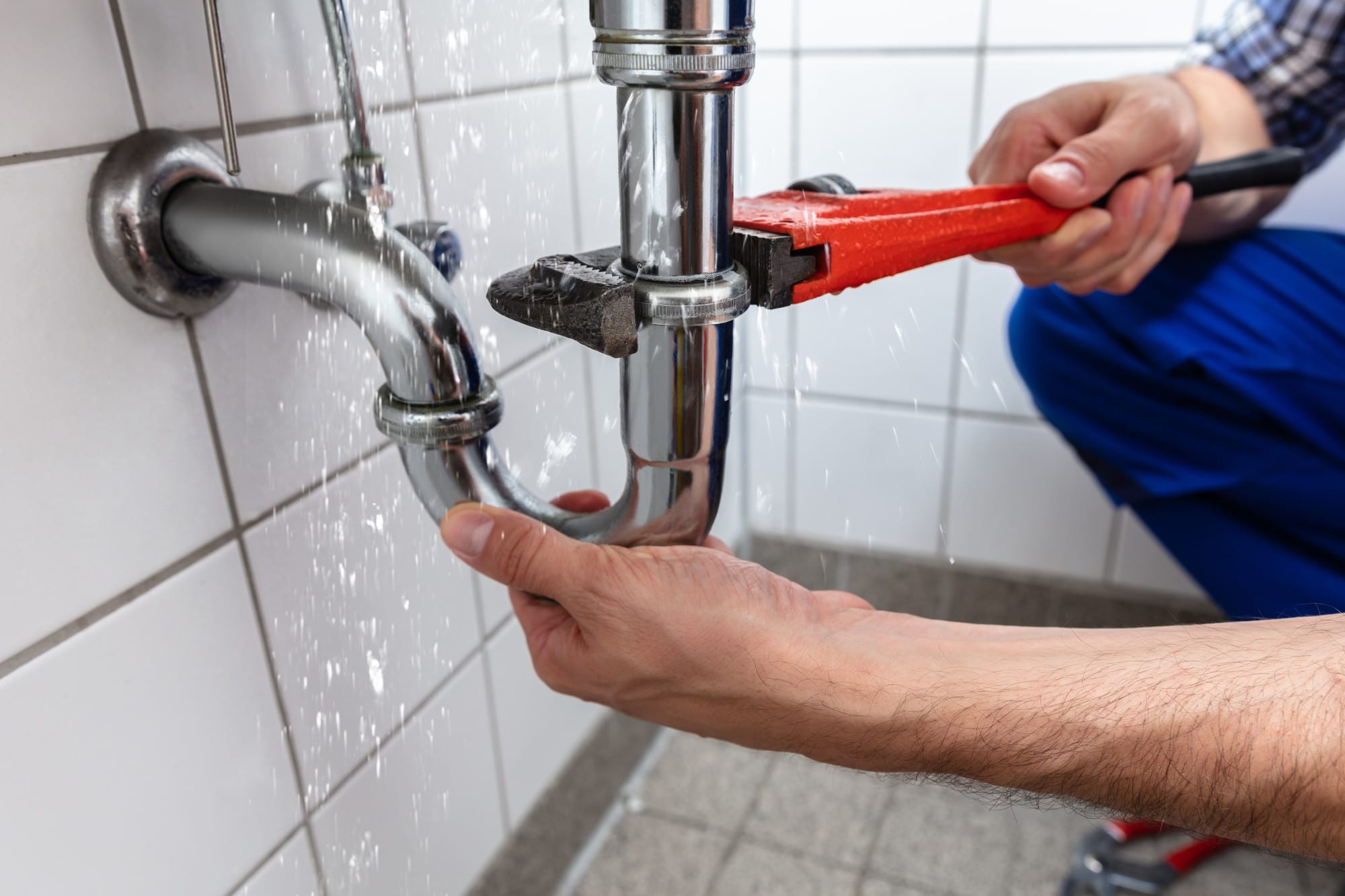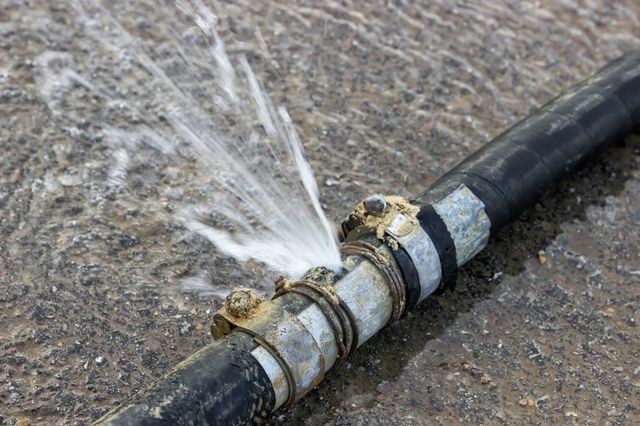Proven Methods For Handling Leaking Pipeline Issues - Minimizing Damage
Proven Methods For Handling Leaking Pipeline Issues - Minimizing Damage
Blog Article
Just how do you really feel about The Do s And Don ts After Water Damage?

What should you do if a water pipe bursts in your home, creating a mini-waterfall as well as swamping a location of your house? In this circumstance, you have to act fast. The longer you wait, the more extreme the water damage in your building. When an emergency similar to this takes place, clearheadedness is essential. For these reasons, you require to learn what to in case of a burst pipes. Have a look at the following suggestions listed below to help you act quickly due to the fact that time is essential.
Turn off the Main Waterline Shutoff
The first thing you need to do is close the shut-off valve. Try to find the local shut-off valve to turn-off water in one certain location only. If you do not recognize where the localized shut-off shutoff to the component is, you have to turn-off the major waterline valve. This will cut off the water in your entire house. Typically, the major shutoff is discovered outside the residence beside the water meter. If it's not there, you can also discover it in the basement at an eye-level or maybe in the first flooring on the ground. Commonly, building contractors but the shut-off valve in the main ground level washroom or best next to it.
Call Water Damages Repair Pros for Help
After shutting the water resource, call the pros for aid. With their professional aid, you can reduce exacerbation since water can permeate with your points resulting in distorted baseboards, loose tiles, or damage framework.
Record the Damages For Insurance coverage
As you are waiting for the pros to arrive, document the damages triggered by the errant pipe. Take images and videos of whatever. Do closeup shots of belongings. These points will function as evidence for your property owner's insurance. Staying proactive with this allows you to file a claim for coverage, which will certainly help you and your household get back on your feet.
Recover Things That Can Be Saved
As soon as you're done taking photos, read the things as well as take out one of the most essential ones from the pile. Dry them off as well as try to maintain as long as you can. Drag them away from dampness so they can start to dry.
Beginning the Drying Refine
While waiting for the pros, you can begin the drying procedure. Fortunately, water from your waterlines are clean so you don't need to worry about sewage system water. The streaming water may have interrupted the dirt and also debris in your floorboards and carpetings. So be prepared with handwear covers as you utilize pails to discard out the water. Blot out as a lot as you can with old towels. You can likewise turn on an electric fan or open home windows to promote air flow. This will certainly accelerate drying as well as hinder mold and also mildew growth.
Professionals are the only ones qualified to repair the burs pipes as well as subsequent damages. And also bear in mind, pipes don't simply all of a sudden ruptured. You will usually see red flags like bubbling paint, odd sounds in the plumbing, moldy odor, caving ceiling, peeling wallpaper, or water spots. Take notice of these things, so you can nip any type of problems in the bud.
What should you do if a water pipe bursts in your home, developing a mini-waterfall and also swamping a location of your home? For these reasons, you need to learn what to in instance of a burst water pipeline. After closing the water resource, call the pros for assistance. With their expert help, you can alleviate worsening due to the fact that water can seep through your things resulting in warped walls, loosened tiles, or damage structure. Thankfully, water from your waterlines are tidy so you don't have to worry concerning sewage system water.
Steps to Deal with a Burst Pipe and a Flooded House
Disconnect your electrical
To prevent electrocution, make sure the electrical systems in your home are turned off. Do not wade into standing water with the power on. If water is blocking your path to your breaker box, look for a main shutoff on the exterior of your home or call an electrician.
Stop the source of the flooding
If your flooding is caused by a burst pipe or valve rather than an act of nature, it should be fairly easy to stop at its source. Just turn off the main water shutoff valve. Some homes have a valve located near where the main water line enters your home, while other homes have a valve attached or adjacent to a water meter, which is sometimes buried near the street.
Call your insurance company
Your water damage will most likely be covered under your homeowners insurance policy. The first step to start the claims process is to call your insurer to let them know about the situation. To make sure that your claim is successful, ask your insurer whether a claims adjuster needs to visit your home to document the damage before you begin the cleanup and repair process, or if your photos of the damage will suffice.
Document everything
No matter what your insurer says, it's always a good idea to carefully document all the water damage to your home to assist with your insurance claim. Simply take photos and videos with your phone and make note of everything the water touched, including your possessions and the structure of your home itself.
Remove standing water
If the water is primarily in your basement, and you have a floor drain, you may be able to use a squeegee mounted on a handle (pick one up at any hardware store) to push water to the drain, or use a mop and bucket. With most of the standing water removed, use a wet-dry vac (make sure to remove the filter for dry vacuuming) to start removing water from harder-to-reach areas.
Start drying out your home yourself
While you are waiting for your contractor to get started, you can begin the process of drying out your home by following these steps: a) open your windows to let moist air escape; b) start as many dehumidifiers as possible; c) cycle your HVAC system between heating (to 80 degrees) and cooling (to 60 degrees), which pulls moisture into the air and then removes it. You can rent industrial-size blowers and dehumidifiers to speed up the drying process.
Prevent mold and mildew caused by water damage
The damage to your home and property is only half the battle. If not properly dealt with, water damage can have farther-reaching effects on your home and health in the form of toxic mold and mildew. In fact, these secondary effects are often worse than the initial property damage, so it's important to take them seriously and dry out the affected areas as quickly as possible. If a surface can't be dried quickly, it should be removed and discarded. If you are working with a water damage cleanup company, they will have the proper equipment to dry out your home. If you are cleaning up the water damage yourself, be sure to educate yourself on how to remove and repair wet drywall and insulation, as well as flooring.
https://www.crddesignbuild.com/blog/10-steps-to-deal-with-a-burst-pipe-and-a-flooded-house

As a reader on Do s And Don ts In Case Of Water Damage, I was thinking sharing that piece of content was worth the trouble. Liked our blog entry? Please share it. Help others check it out. I appreciate reading our article about What To Do And What Not To Do When Dealing With Water Damage.
Click For More Info Report this page